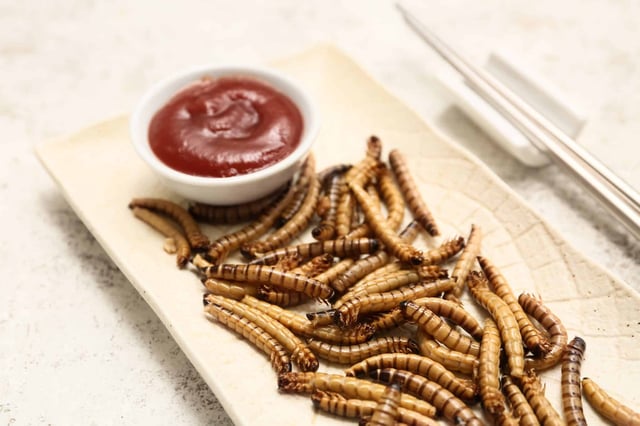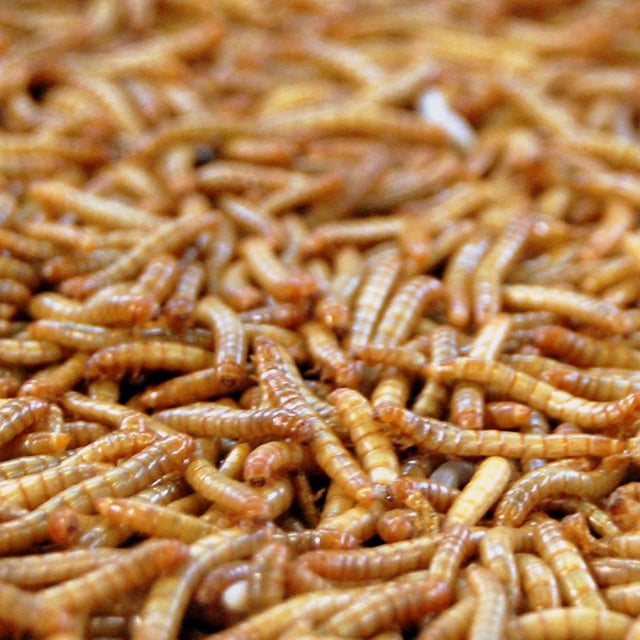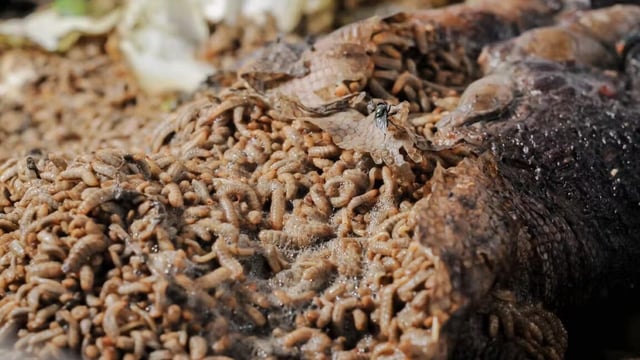Overview
- The July 24 Science Advances study led by Dr. Melanie Beasley shows that maggots from putrefying stored carcasses carry up to 43% more nitrogen-15 than fresh muscle tissue, skewing Neanderthal isotope readings
- Multi-year decomposition experiments at the University of Tennessee Body Farm using 34 donated human cadavers provided the first controlled data on nitrogen-15 enrichment in fly larvae
- Findings overturn the view of Neanderthals as exclusive hypercarnivores by highlighting regular consumption of fat-rich maggots from meat reserves
- Human limits on protein intake around 300 g per day make a purely lean-meat diet untenable, supporting the role of maggots and other fatty tissues in Neanderthal nutrition
- Researchers are planning further isotopic studies to quantify maggot contributions and explore how traditional food storage and processing affect nitrogen-15 values


